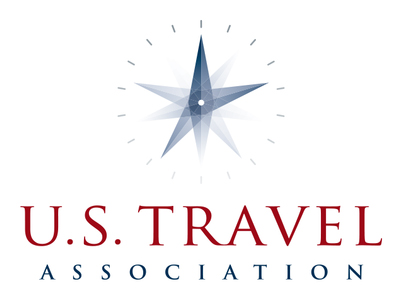It probably comes as no surprise that the influx of international travelers is a boon to the US economy. If there was any doubt about how global economies are connected, the effects were fully felt when air travel was greatly reduced a few years ago. With inbound international visitors lagging at around 70 percent of 2019 levels (estimated, according to the National Travel and Tourism Office), organizations like the US Travel Association (USTA) are continuing to urge the US to reduce barriers for tourism once again flourish, with the hope that it will finally exceed previous pre-pandemic levels.

According to an article from USTA Economist Aaron Szyf, “The slow return of overseas travelers has been difficult on US retailers who rely on [international travelers’] spending. In 2022, overseas retail spending was at roughly half of pre-pandemic levels, a loss of $12 billion. With overseas travel only 73 percent recovered so far in 2023, we are on track to see an additional loss of more than $6 billion in retail spending this year.”
Despite extremely strong retail spending in the US—in fact, July 2023 set a new record at $605B, according to the Department of Commerce—much of that is felt online as e-commerce (as well as inflation) continues to chip away at in-person spending. Mega online retailer Amazon reported its most successful Prime Day, its annual event with special deals and discounts, this past July. While in-store purchases grew faster than e-commerce for the first time in 2021, it has since leveled off. International visitors eliminate that gap to help bolster those retailers that rely on brick-and-mortar establishments, like dining and other discretionary spending.
But Szyf also stresses the benefit that inbound tourism has on the local economy by way of jobs and tax revenue. For major cities like New York and San Fransisco, that could translate into hundreds of millions of dollars just from international visitors alone—especially at a time when these major and minor destinations can use the revenue.
Earlier in the year, visa wait times were a serious impediment for all sectors of inbound travel to the US—with wait times requiring a multi-year lead time in the worst cases—but the Biden administration has made some headway in recent months, thanks in part to pressure from travel associations like USTA. As USTA looks ahead, the organization will continue to focus on all areas of travel, including international inbound travel, meetings and events, leisure, and business, with the aim of growing travel as well as helping retailers to grow and thrive.
Visit ustravel.org for more information.
[09.05.23]

